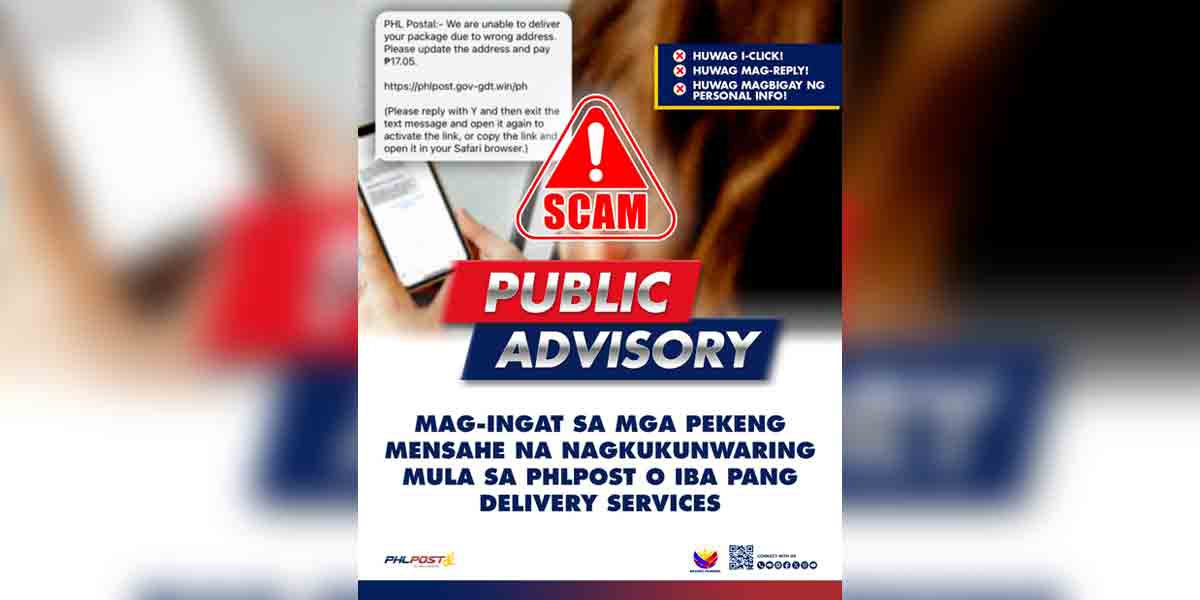
Business confidence, while remaining positive, weakened in Q1 2022 as the overall confidence index (CI) decreased to 32.9 percent from 39.7 percent in Q4 2021. The lower positive index resulted from the combined effects of a decrease in the percentage of optimists and an increase in the percentage of pessimists.
The respondents’ less buoyant outlook was largely affected by the resurgence of cases from the new Omicron variant and the consequent reimposition of stricter quarantine restrictions in many areas at the beginning of the year. Other factors that contributed to the weaker business confidence for Q1 2022 were as follows: (a) increase in prices of raw materials and fuel; (b) decrease in sales/demand for certain goods and services (such as motor vehicles, education services, and construction); (c) weakening peso; and (d) adverse impact of natural calamities, i.e., Typhoon Odette (in December 2021).
For the next quarter, the business sentiment turned more buoyant as the overall CI increased to 59.7 percent from 52.8 percent a quarter ago.
For the next 12 months, business sentiment was also more optimistic as the overall CI increased to 69.8 percent from previous quarter’s survey result of 67.6 percent. This is the highest reported CI for the next 12 months since the BES started to collect outlook for the next 12 months in Q3 2019.
Outlook across all types of trading firms is less upbeat in Q1 2022 but turns more buoyant for the near term
Moreover, a less favorable outlook was observed across the different types of trading firms (i.e., exporter, importer, dual-activity, and domestic-oriented) as all types of trading firms registered lower CI in Q1 2022.
Meanwhile, the outlook for Q2 2022 of importers, dual activity firms, and domestic-oriented firms was more buoyant, while that of exporters was less optimistic. For the next 12 months, domestic-oriented firms continued to be more bullish for the second consecutive quarter, whereas importers and exporters turned bearish. Meanwhile, dual-activity firms’ optimism was relatively steady.
Business sentiment weakens across all sectors in Q1 2022 but is generally more bullish for the next quarter and the next 12 months
Similarly, the outlook across sectors turned less optimistic in Q1 2022 as the CIs dropped for firms in the industry, construction, services, and the wholesale and retail trade sectors. For Q2 2022, business outlook was more bullish for all sectors except the construction sector, whose sentiment turned less optimistic. Likewise, the CIs across all sectors for the next 12 months, except for the industry sector, recorded all-time highs in the current quarter.
Firms’ outlook on their business operations is less optimistic in Q1 2022
Consistent with the national trend, the outlook of firms on their own business operations, as measured by their views on the volume of business activity and total orders booked, was less optimistic in Q1 2022. Meanwhile, a more optimistic outlook on the volume of business activity was recorded for Q2 2022 but a less upbeat outlook was recorded for the next 12 months.
Capacity utilization slightly declines in Q1 2022
The average capacity utilization of the industry and construction sectors in Q1 2022 slightly decreased to 70.2 percent (from 70.6 percent in Q4 2021). In particular, the average capacity utilization of the industry sector in Q1 2022 is 69.4 percent (from 69.9 percent in Q4 2021).
Firms expect financial conditions and access to credit to remain tight in Q1 2022
The financial conditions index turned less negative at -19.1 percent in Q1 2022 from -22.4 percent in the previous quarter. Further, more firms indicated that their access to credit in Q1 2022 was still constrained as the credit access index remained in negative territory at -2.9 percent in Q1 2022 from -7.7 percent in Q4 2021.
For Q2 2022, the employment outlook index edges higher but fewer firms plan to expand operations
The employment outlook index inched higher to 24.7 percent for Q2 2022 (from 24.5 percent in the Q4 2021 survey results), but was lower for the next 12 months at 28.9 percent (from 32.4 percent). The slightly higher positive reading for Q2 2022 suggests that firms are looking forward to hiring more people in the next quarter, while the lower index for the next 12 months implies that firms are still looking to hire, but at a lesser degree, in the next several months. Moreover, the percentage of businesses in the industry sector with expansion plans for Q2 2022 declined to 20.8 percent (from 23.2 percent in the Q4 2021 survey results). Similarly, the percentage of industry firms with expansion plans for the next 12 months decreased to 25.6 percent (from 26.8 percent).
Firms expect a weak peso, and higher borrowing and inflation rates in Q1 2022 and for Q2 2022
The survey results showed that businesses expect that the peso may depreciate against the U.S. dollar in Q1 and Q2 2022, but begin to appreciate in Q3 2022 up to Q1 2023, i.e., within a 12-month period. Results also indicated that firms expect the peso borrowing and inflation rates may rise in Q1 2022, Q2 2022, and the next 12 months. Businesses are expecting that inflation will settle at 4.2 percent for the first half of 2022 and in the next 12 months, which is slightly higher than the upper end of the government’s 2–4 percent inflation target range for 2022.
About the Survey
The Q1 2022 BES was conducted during the period 21 January – 4 March 2022. There were 1,498 firms surveyed nationwide, consisting of 578 companies in NCR and 920 firms in AONCR, covering all 16 regions nationwide. Samples were drawn from the Top 7,000 Corporations ranked based on total assets in 2016 from the Bureau van Dijk (BvD) database. The nationwide survey response rate for this quarter was lower at 53.4 percent (from 58.5 percent in Q4 2021). The response rate was higher for NCR at 52.9 percent (from 49.7 percent), but lower for AONCR at 53.7 percent (from 64.1 percent).
View Full Report: https://www.bsp.gov.ph/Lists/Business%20Expectations%20Report/Attachments/20/BES_1qtr2022.pdf



















